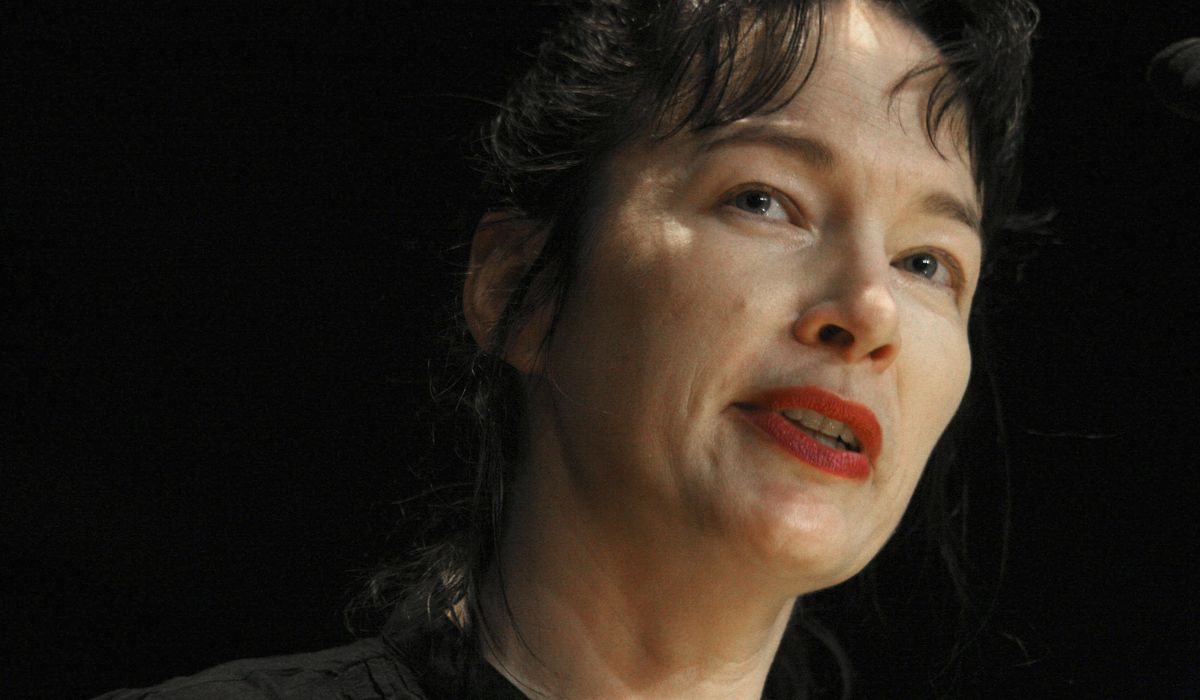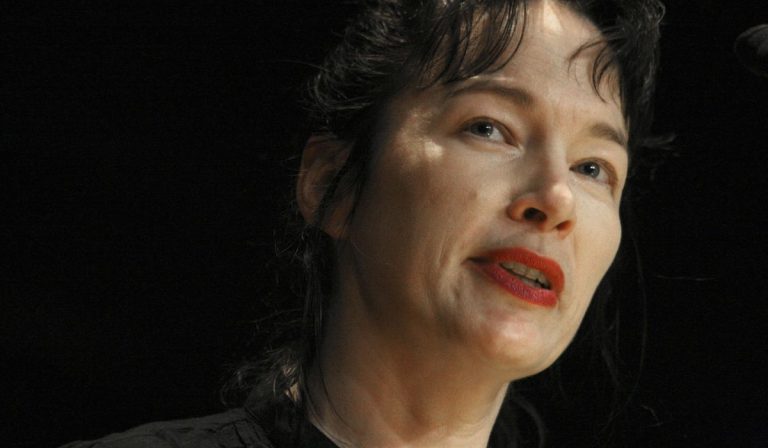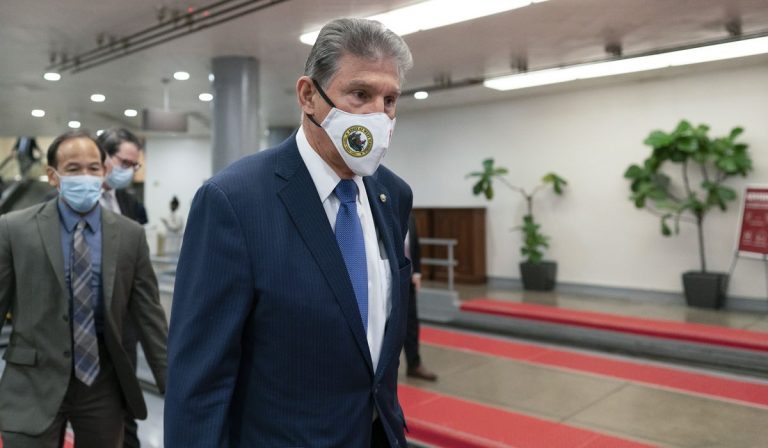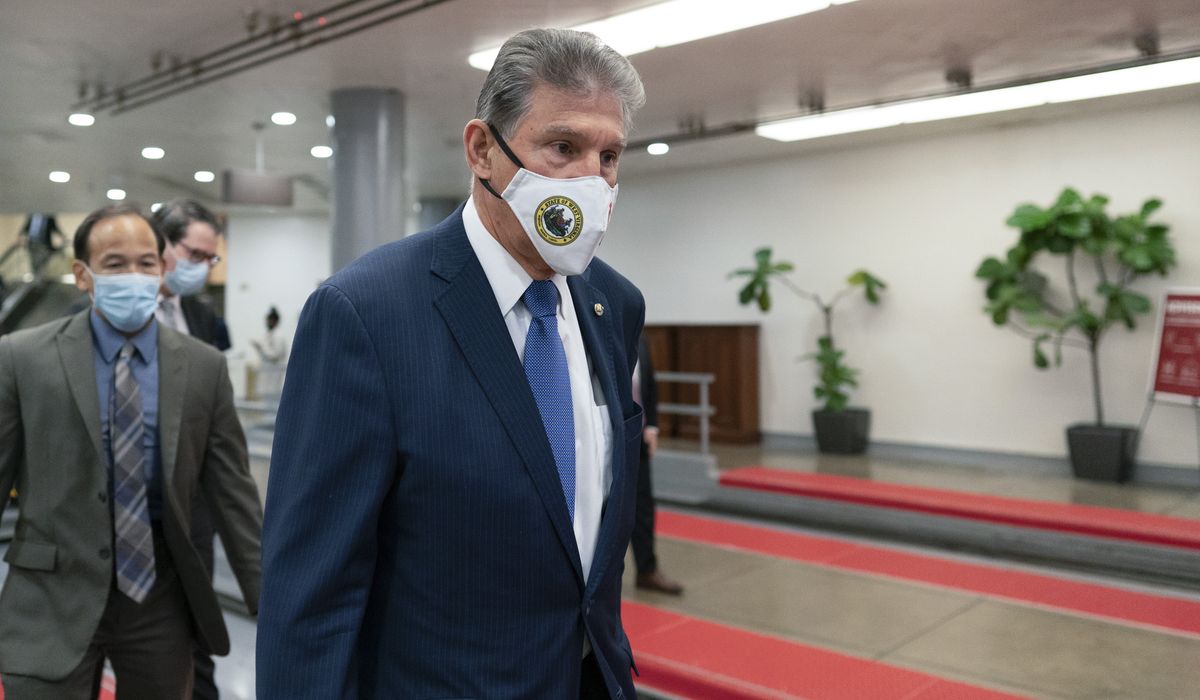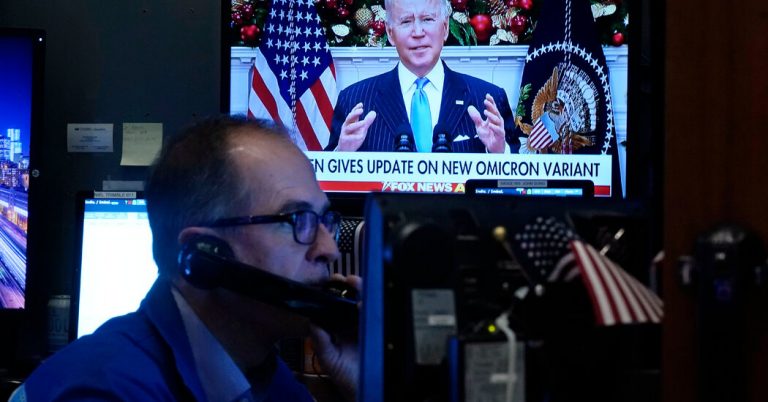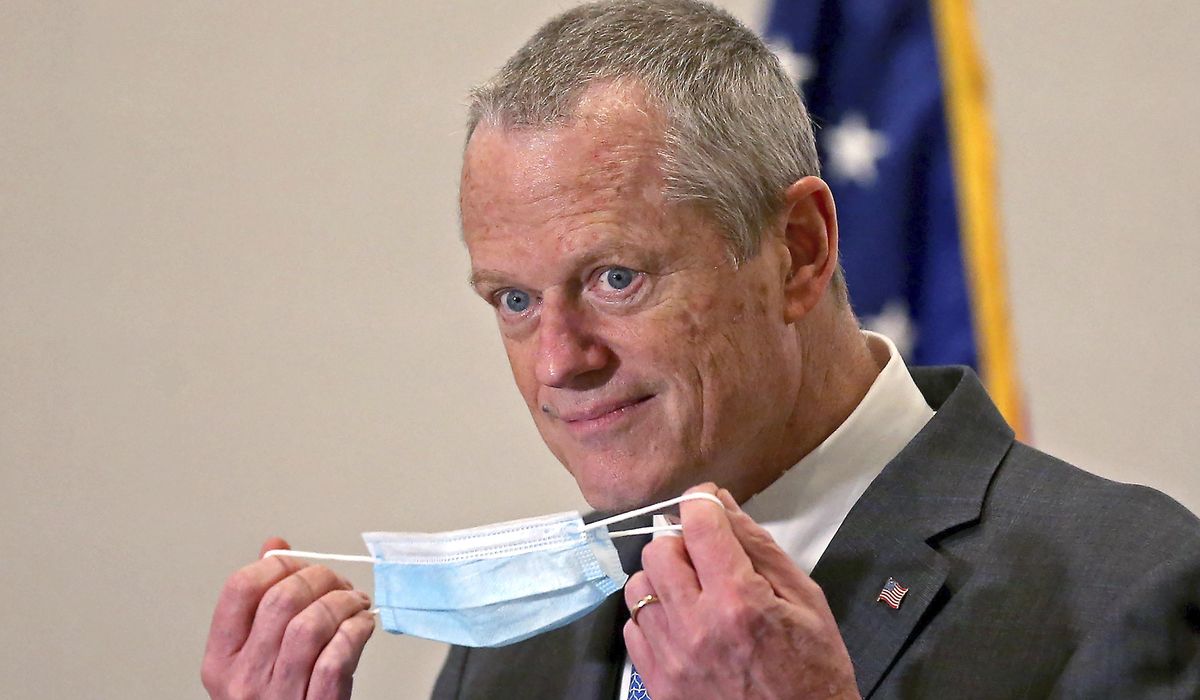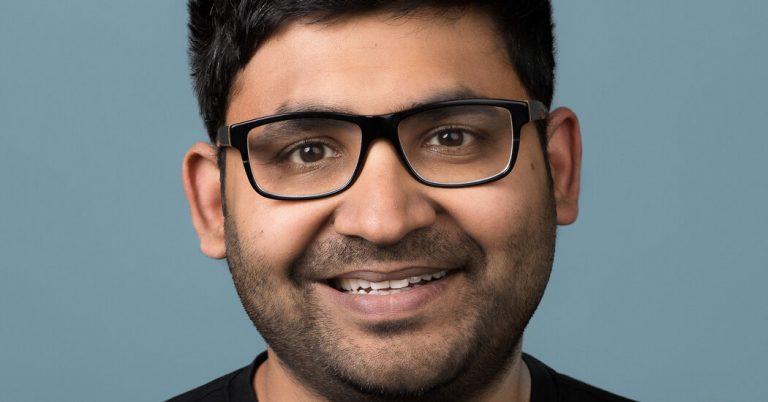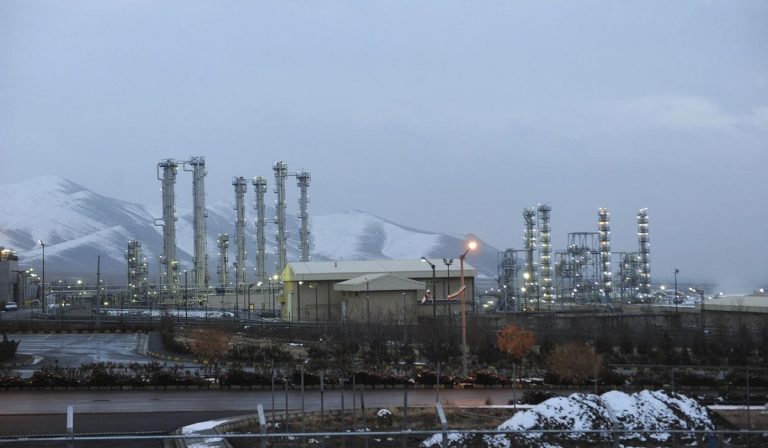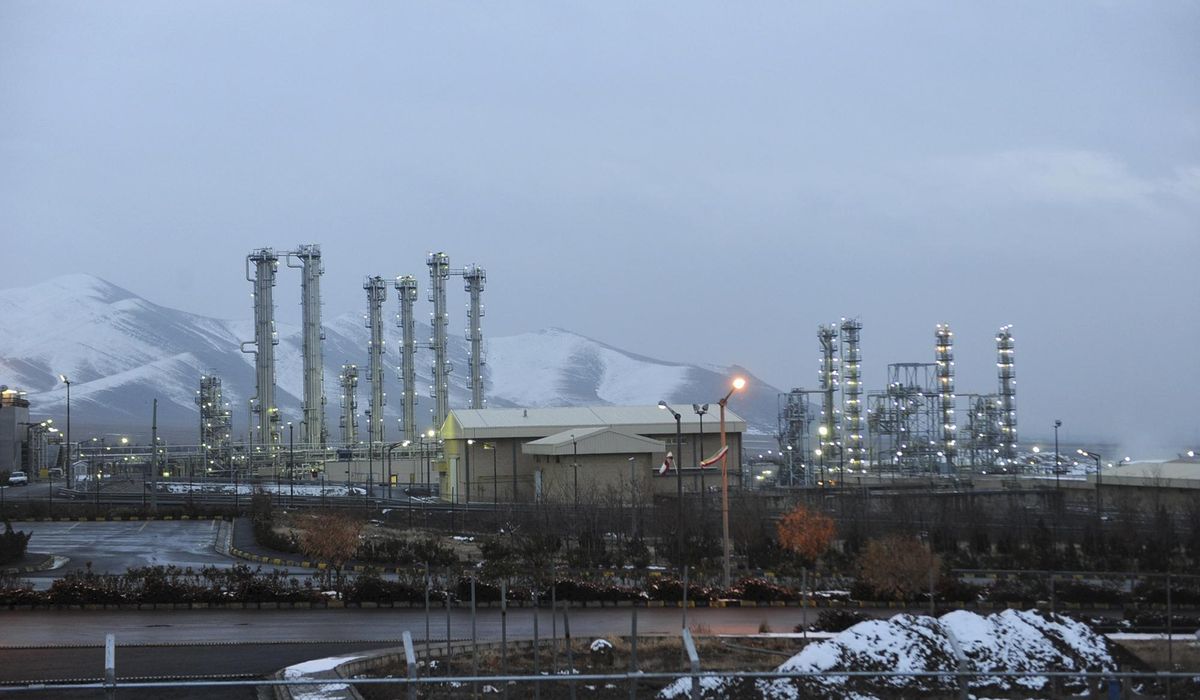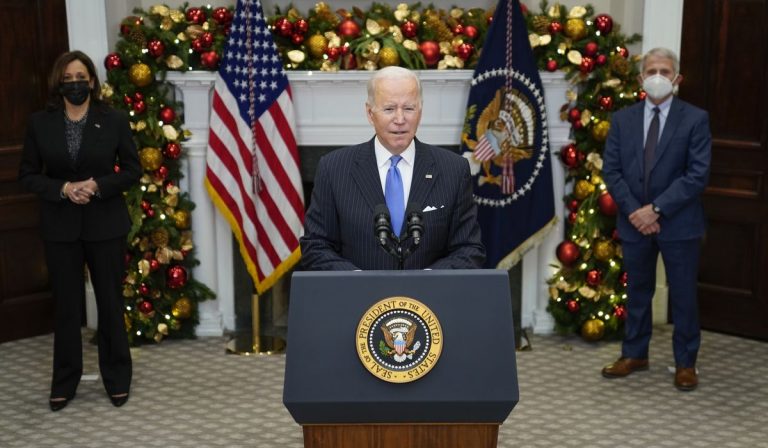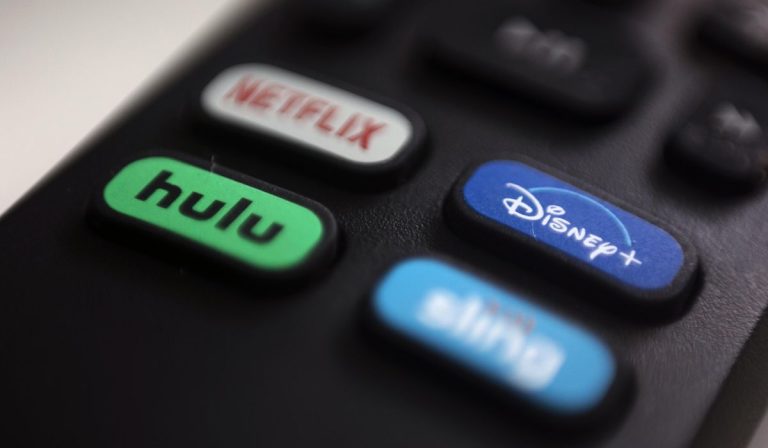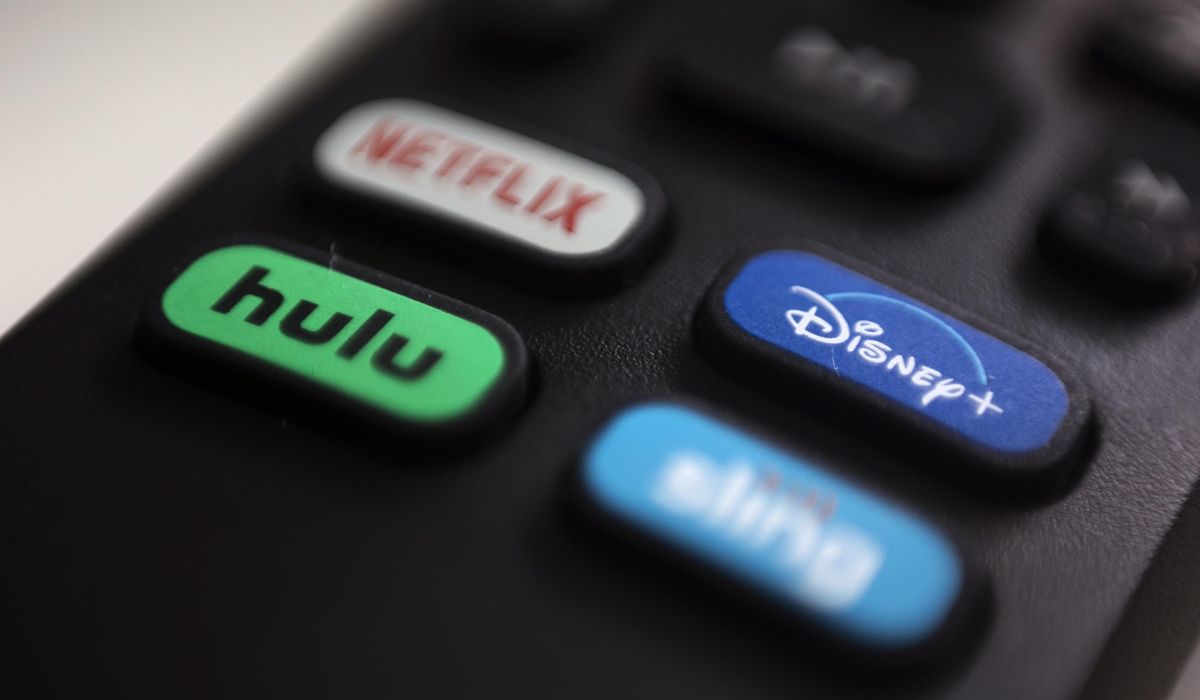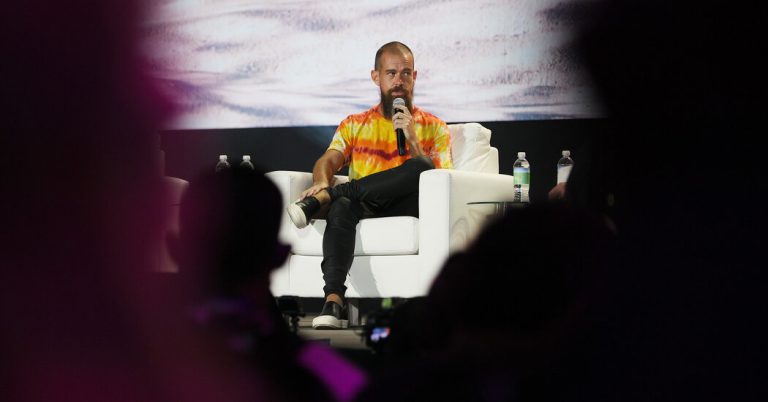Omicron, the latest coronavirus variant with a Greek name, features a buffet of mutations suggesting it will spread faster, stiff-arm vaccines to some degree and bind tighter to human cells but scientists aren’t hitting the panic button yet.
They say omicron may not cause more severe disease or overtake the delta strain that is dominant now.
It might take two weeks for scientists to put the omicron puzzle together but some pieces are falling into place. While there are signs omicron is highly contagious, given a spate of reported cases around Johannesburg a doctor who treated some of the earliest patients said she didn’t see anything that dire.
Sufferers were exhausted and a 6-year-old had a rapid heart rate but the patients didn’t lose their sense of taste or smell.
“Their symptoms were so different and so mild from those I had treated before,” Dr. Angelique Coetzee told The Telegraph, describing patients at her private practice in Pretoria, South Africa.
She did, however, warn that many patients were younger so a fast-moving mutation might still threaten older adults or people who have existing health conditions.
The biggest fear is that omicron will evade immunity from vaccines that are considered the primary defense against COVID-19. Scientists said it is unlikely that omicron will slip by the vaccines completely, given the shots’ history of staving off previous variants.
“Our vaccines MAY take a hit but will still provide some (maybe a lot) protection. We are in a MUCH better place,” tweeted Ashish K. Jha, dean of the Brown University School of Public Health. “This isn’t March 2020.”
Scientists say sensitive tests known as “PCRs” appear to detect the omicron, though it is unclear how well rapid antigen tests perform or if tried-and-true monoclonal antibody treatments and groundbreaking antiviral pills will be just as effective against the new strain.
The early belief is that omicron will not zero out the exciting new treatment pills from Merck and Pfizer, given the mechanisms they use to prevent the virus from replicating.
“I would anticipate that [the antivirals] will work just as well for this variant, but we need to have that demonstrated,” said William Schaffner, an infectious diseases specialist at Vanderbilt University.
The omicron variant sparked scary headlines and global worry partly because of the unknowns, as new cases were reported from Canada to Scotland to Hong Kong.
It’s likely a matter of time before it shows up in the U.S., though President Biden tapped into a hopeful middle ground on Monday.
“This variant is a cause for concern, not a cause for panic,” Mr. Biden said. “We have the best vaccine in the world, the best medicines, the best scientists and we’re learning more every single day. And we’ll fight this variant with scientific and knowledgeable actions and speed — not chaos and confusion.”
The World Health Organization is trying to strike a similar balance, dubbing a variant of concern with potentially “severe consequences” while warning against knee-jerk travel restrictions that could dissuade future nations from reporting variants.
The South African government took umbrage over travel bans that singled them out, saying their elite scientists raised the alarm over omicron only to be punished by wealthy nations that enjoy broad access to vaccines.
Their complaints appeared to go unnoticed or unheeded, as European nations and Mr. Biden banned travelers from South Africa and surrounding nations. Japan, Morocco and Israel banned all foreign travelers and Australia delayed a planned reopening of its borders.
Mr. Biden said South Africa’s transparency “is to be encouraged and applauded” but defended his travel restrictions as a way to buy time for broader vaccinations.
The president, who repeatedly referred to the variant as “omni-cron,” is plotting a response with Dr. Anthony Fauci of the National Institutes of Health and his other COVID-19 advisers as global scientists grapple with the new variant.
Part of the concern is the smorgasbord of mutations in omicron that match the ones in previous variants of concern. They include E484, a mutation that is linked to a diminution in protection from vaccines and monoclonal antibodies treatments; N501, which is tied to increased transmissibility; and K417, which allows the virus to bind more tightly to human cells, said Amesh Adalja, a senior scholar at the Johns Hopkins Center for Health Security.
“There are a lot more but those are some,” he said.
Vaccine makers said they are scrambling to figure out if their products are effective against omicron. Companies such as Pfizer and Moderna said they could produce an updated version of their vaccines but it would take at least three months. They also are looking at whether existing booster shots fight off omicron.
Citing omicron, the Centers for Disease Control and Prevention strengthened its booster recommendation to say adults “should” get a booster if they are six months out from an initial series with the Pfizer or Moderna vaccine. It previously said adults younger than 50 “may” get an extra dose.
“I strongly encourage the 47 million adults who are not yet vaccinated to get vaccinated as soon as possible and to vaccinate the children and teens in their families as well because strong immunity will likely prevent serious illness,” CDC Director Rochelle Walensky said. “I also want to encourage people to get a COVID-19 test if they are sick. Increased testing will help us identify omicron quickly.”
Dr. Fauci and other scientists believe the vaccine will be effective against the variant but the administration is in contact with drugmakers about contingency plans if needed, including specially tailored booster shots to fight omicron.
The president directed the Food and Drug Administration to speed those specialized vaccines to market “without cutting any corners for safety.”
A prior strain first detected in South Africa, known as beta, dented the vaccines’ efficacy to a degree in trials before it was ultimately overshadowed and boxed out by the delta variant, which was first detected in India and remains the dominant threat to Americans’ health.
“Let’s not forget it amid all this hullabaloo about omicron,” Dr. Schaffner said.
An open question is whether omicron will outpace delta, as it appears to be in South Africa, and become the dominant global worry.
“I think it is clear from what’s happening in South Africa that this omicron variant does spread rapidly,” National Institutes of Health Director Francis Collins told CNN. “What we don’t know is whether this omicron variant will outcompete delta in a country like ours, or whether delta, because it’s been so successful, will basically just push it aside. That’s another unknown.”
Mr. Biden said the vaccines appeared to stave off deaths from the delta strain. Moving forward, he hopes widespread vaccination will suppress the virus so a cycle of panic over the latest variant does not become the new normal.
He also said vaccination and mask-wearing will be the preferred plan of action instead of lockdowns.
“You have to get the shot, you have to get the booster,” Mr. Biden said. “We’re going to fight and beat this new variant.”
So far, the administration hasn’t changed its COVID-19 guidance to Americans who may wonder if they should change their behavior on the cusp of the holiday shopping and party season.
“My thought at this juncture is you can have your travel plans and stick to them. However, before you travel — be vaccinated. When you travel wear your mask and do your social distancing as much as possible,” Dr. Schaffner said. “Have a conversation with whoever you are visiting: What are the ground rules going to be? Maybe everyone should be tested before gathering.”
For now, governors and other officials remain on edge as the virus reaches America’s doorstep. Officials in Ontario reported two cases in people who had recently been to Nigeria in western Africa.
“Omicron is just across the bridge in Ontario,” New York Gov. Kathy Hochul, a Democrat, tweeted. “It’s not a question of if it comes to New York, but when.”
For more information, visit The Washington Times COVID-19 resource page.
